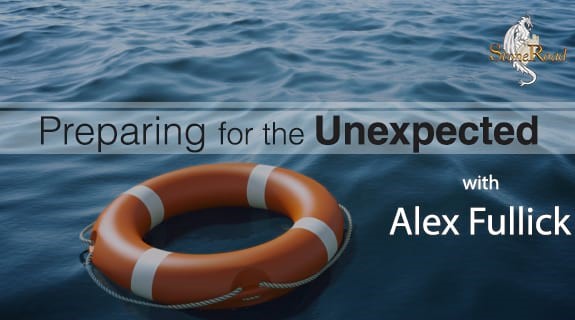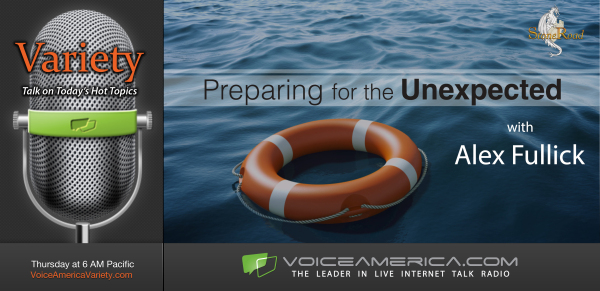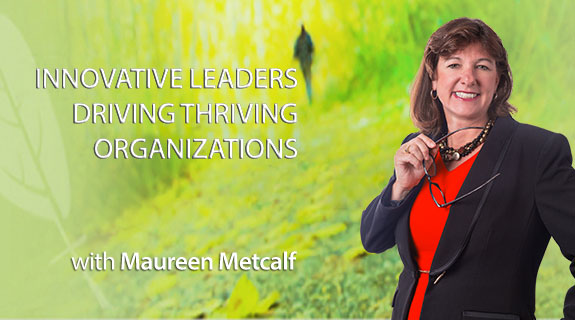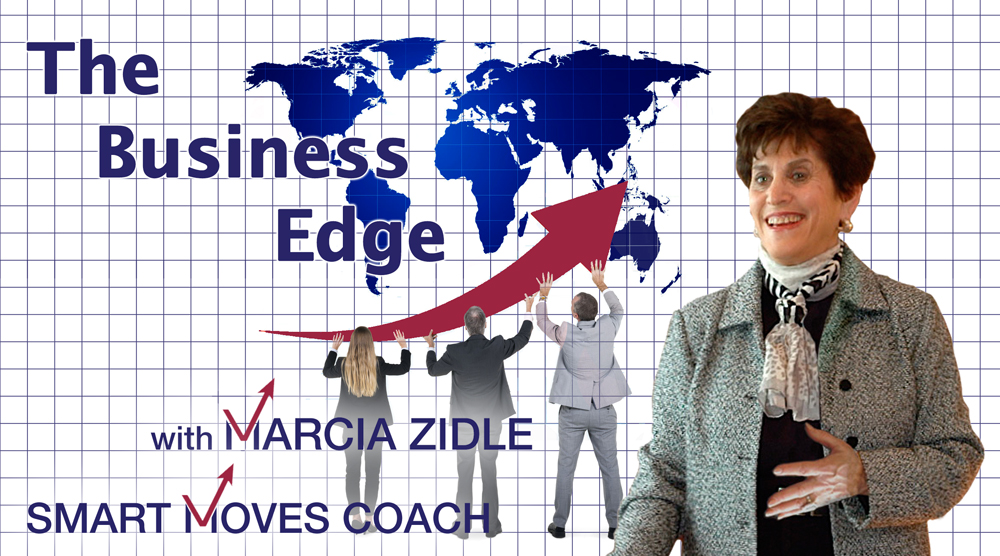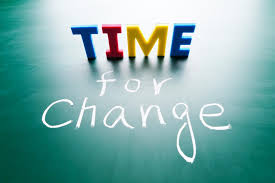Change Management for Risk Professionals w/ Dr. James Leflar
Join me Dec 8/22 at 1pm EST! Change Management can be a major factor in determining risk...
Read Moreby VoiceAmerica | Apr 10, 2022 | Business | 0 |
Join me Dec 8/22 at 1pm EST! Change Management can be a major factor in determining risk...
Read Moreby VoiceAmerica | Mar 7, 2019 | Variety | 0 |
Join us August 1/19, as we talk to Business Analyst Bill Baxter who will talk to us about the role...
Read Moreby VoiceAmerica | Aug 23, 2016 | Business | 0 |
This post was written by guest blogger, Kathleen Starkoff, founder, president and CEO of Orange...
Read Moreby VoiceAmerica | Aug 10, 2016 | Business | 0 |
Many of us wonder as we wander through our daily business routines: Am I going in the right...
Read Moreby VoiceAmerica | Aug 1, 2016 | Business | 0 |
Hereâs one of those simple, but profound questions, entrepreneurs need to regularly ask: What am...
Read Moreby VoiceAmerica | Mar 23, 2016 | Business | 0 |
This post is provided by Metcalf & Associates and collaborator Jim Ritchie-Dunham  as a companion for the March 22 Voice America interview with Christoph Hinske focusing on How Big Change Happens in his keynote presentation...
Read Moreby VoiceAmerica | Dec 16, 2014 | Business | 0 |
If the need for change is so obvious to you why isnât to the rest of the people? In other words,...
Read More

